The original Nissan Leaf was a game-changer. But while battery-electric vehicles today have a significant presence in the global automotive market, the Japanese EV has become little more than an afterthought. Rather than walking away, however, a completely new, third-generation Nissan Leaf today made its debut. And the automaker is betting its longer range, improved performance – and a shift to an SUV body style – will help it regain traction in today’s market. More from Headlight.News.
A completely redesigned Nissan Leaf made its debut Tuesday and the third-generation EV has little more than its name in common with the two versions that came before it.
To start out, the 2026 Nissan Leaf migrates from a hatchback design to an SUV body style that should automatically draw more attention in today’s market.
That said, there are plenty of electric utility vehicles in today’s market and Nissan’s product development team set out to completely redesign Leaf, as the old mantra goes, from the ground up. What they’ve come up with should be far more competitive than the half-hearted remake Nissan rolled out in 2019. It delivers substantial better range and performance, the automaker claims, and adds an assortment of up-to-date features, including twin 14.3-inch digital displays, a dimmable panoramic roof and the Google built-in system.
“Efficiency, efficiency, efficiency”
“We developed the technologies that realize this third-generation Leaf with an emphasis on efficiency, efficiency, efficiency,” Leaf Chief Vehicle Engineer Hiroki Isobe said during a media briefing at Nissan’s global headquarters last week. “It is a more rational vehicle as a whole package.”
To get higher efficiency, Nissan pulled some rabbits out of its corporate hat. The original Leaf’s clunky design was said to have been developed after extensive work in the wind tunnel. The new SUV shape, one might expect, would sacrifice range for utility. Surprisingly, Nissan reported the U.S. version of the 2026 EV has a drag coefficient of 0.26, down from 0.29 with the gen-2 package. That might not seem like much of a difference but it contributes to substantially better range.
About 40% better, in fact, with a factory estimated 303 miles per charge. For historical perspective, that’s more than triple what the original Leaf could muster for the 2011 model year.
Drivetrain
There are two versions of the new Leaf, and the long-range package is all but certain to be the one clicking with American EV buyers.
Unlike the original air-cooled version, the 2026 Nissan Leaf goes with a new liquid cooling system for its lithium-ion battery pack – which has a useable capacity of 75 kWh.
The “big module” pack introduces a new battery chemistry which, Nissan claims, has a 17% higher energy density – the amount of electrons, as it were, that can be stored in a given mass.
Then there’s the new drivetrain. By consolidating Leaf’s motor, inverter and reducer into a 3-in-1 package the system has been downsized by 10%. It’s also lighter, and lower mass means more range in and of itself.
More Nissan News
- Nissan Teases Next-Gen Leaf
- A Week WIth 2025 Nissan Armada
- Infiniti Looks to Get its Own Version of the Nissan Rogue
Battery pack options
The long-range version of the 2026 Leaf will make 214 horsepower and 261 pound-feet or torque. To put that into perspective that’s slightly less than the 220 hp delivered by the base, front-drive version of the Chevrolet Equinox EV.
There will be four trim levels for Leaf, working down from the top-line Platinum+ to the SV+, S+ and, finally, the base S package,
The latter trim gets a modest 52 kWh battery pack, while its electric motor will muster just 174 hp and 254 lb-ft of torque.
Notably, the 2026 Leaf walks away from not only the original CHAdeMO charging system, but also the familiar CCS port found on Nissan’s bigger Arya EV. It instead migrates to the North American Charging System port that will allow owners to plug into the vast Tesla Supercharger network. With the right level of power, Leaf will be able to go from a 10 to 80% state-of-charge in as little as 35 minutes.
Cabin and features
The 2026 Leaf gets a much more modern cabin than the old EV, among other things offering twin 14.3-inch displays – depending upon the package and option choices.
There are wireless versions of both Apple CarPlay and Android Auto and a 10-speaker premium Bose audio system and head-up display come standard with the Platinum+ model.
Nissan has now migrated to the Google built-in operating system which, among other things, enables real-time navigation updates.
There are plenty of advanced driver assistance systems, such as emergency auto braking and lane departure warnings.
Nissan has also introduced a shade-less panoramic roof which can be electrochromatically dimmed with the touch of a button.
Pricing and availability
Nissan has yet to announce pricing for the third-generation Leaf – and while price hikes are the norm in th auto industry, especially with ground-up redesigns. But the automaker is likely feeling pressure to hold prices down as EV sales growth slows.
A growing number of new products, such as the Equinox and Chevy’s upcoming Bolt revival, are targeting the low-$30,000 range, and even into the $20,000s.
Whether the 2026 Nissan Leaf will gain traction in the current market remains to be seen but the new model certainly appears to have a lot more going for it than the old EV.

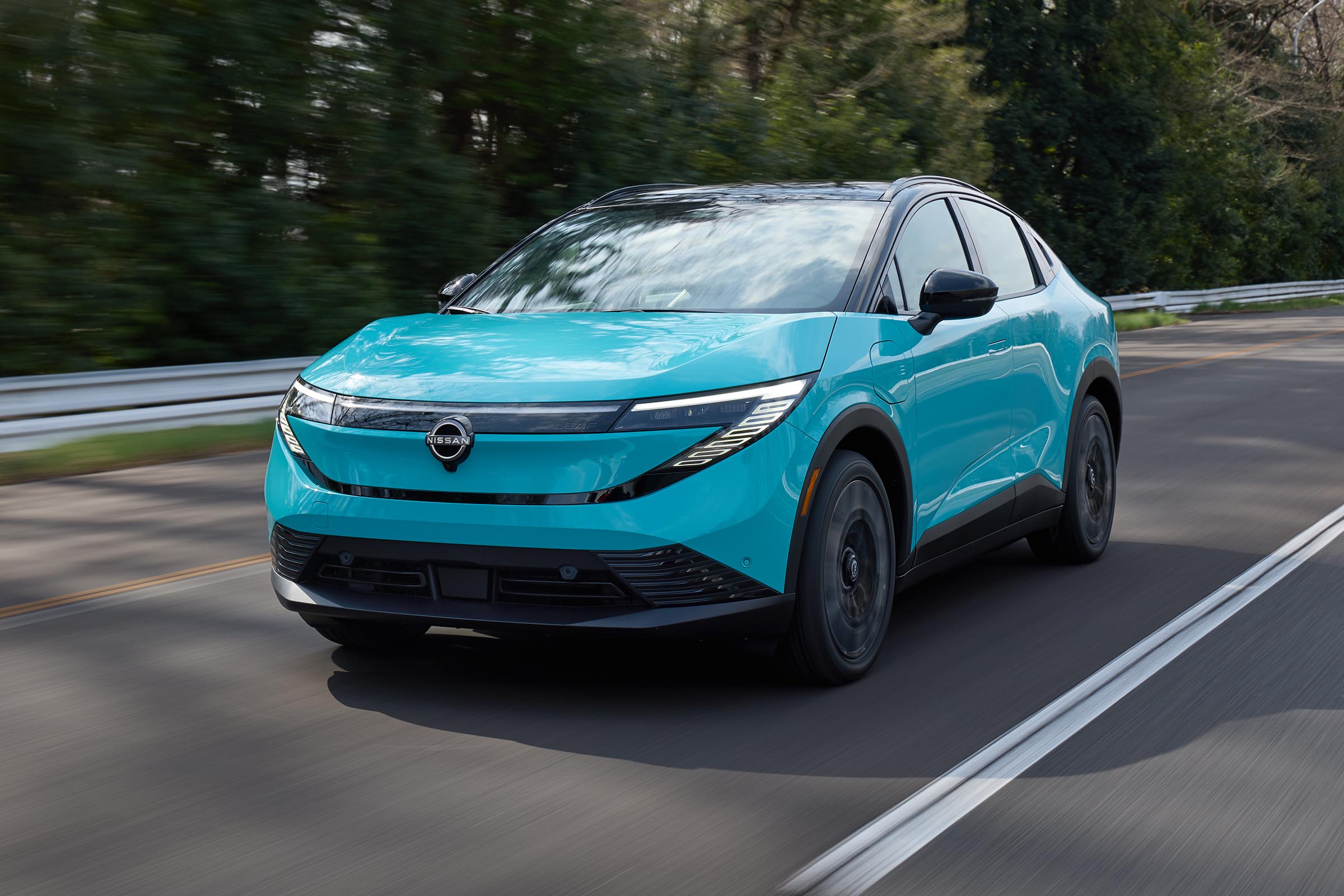
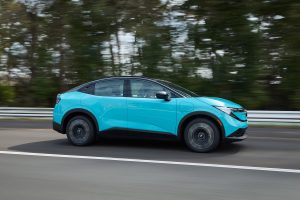
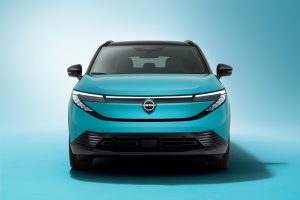
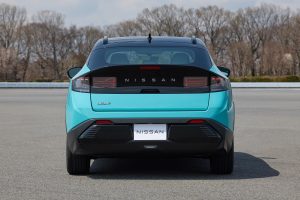
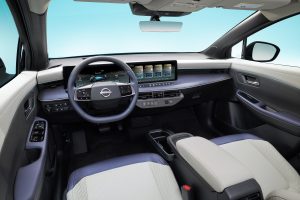
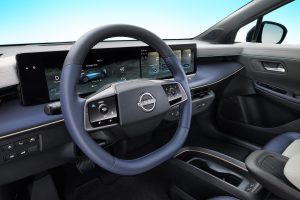
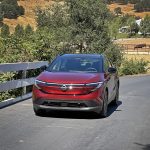

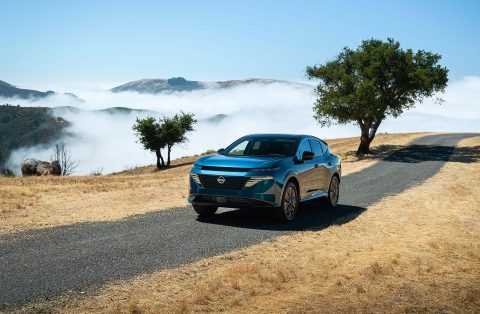
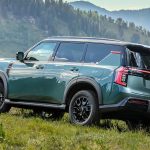
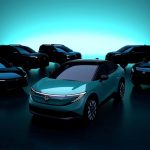
The number of electrons did not change.
Was this article written for Good Housekeeping?
You need read the story again. The number of electrons increased in terms of energy density: more in a smaller package.